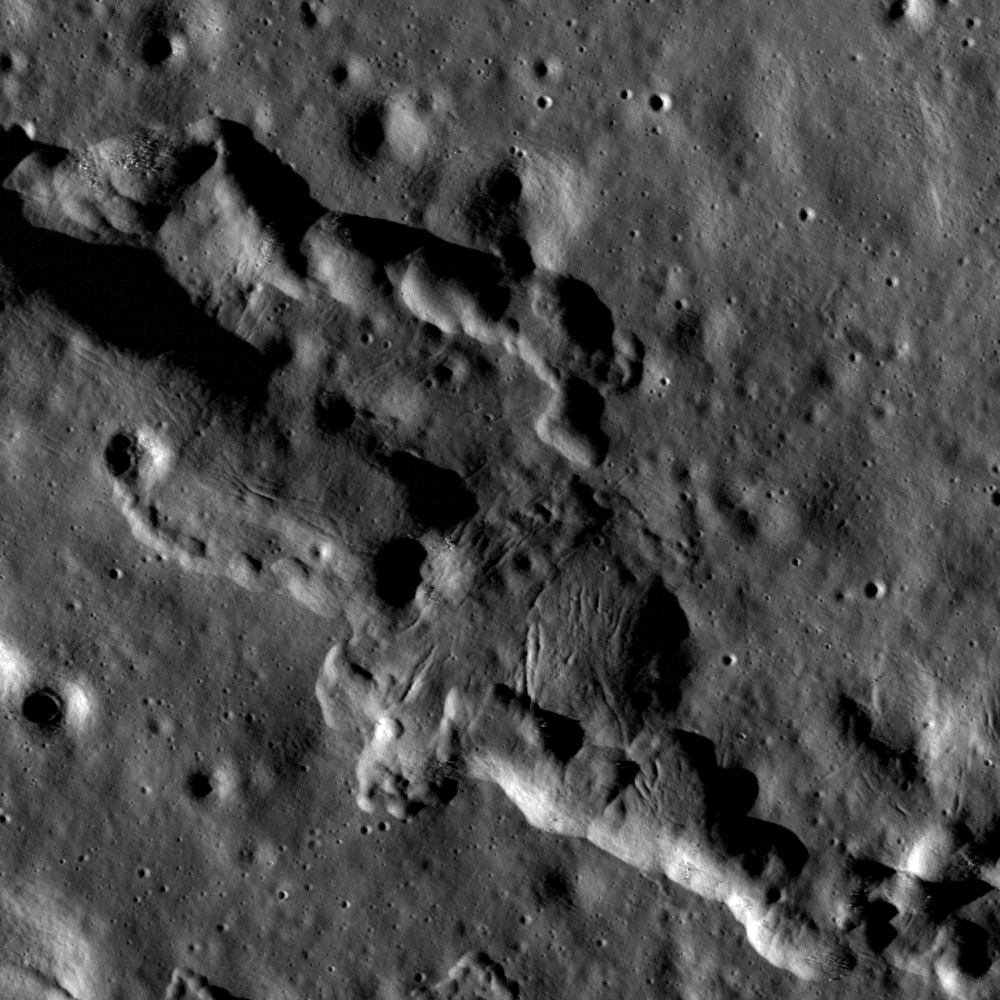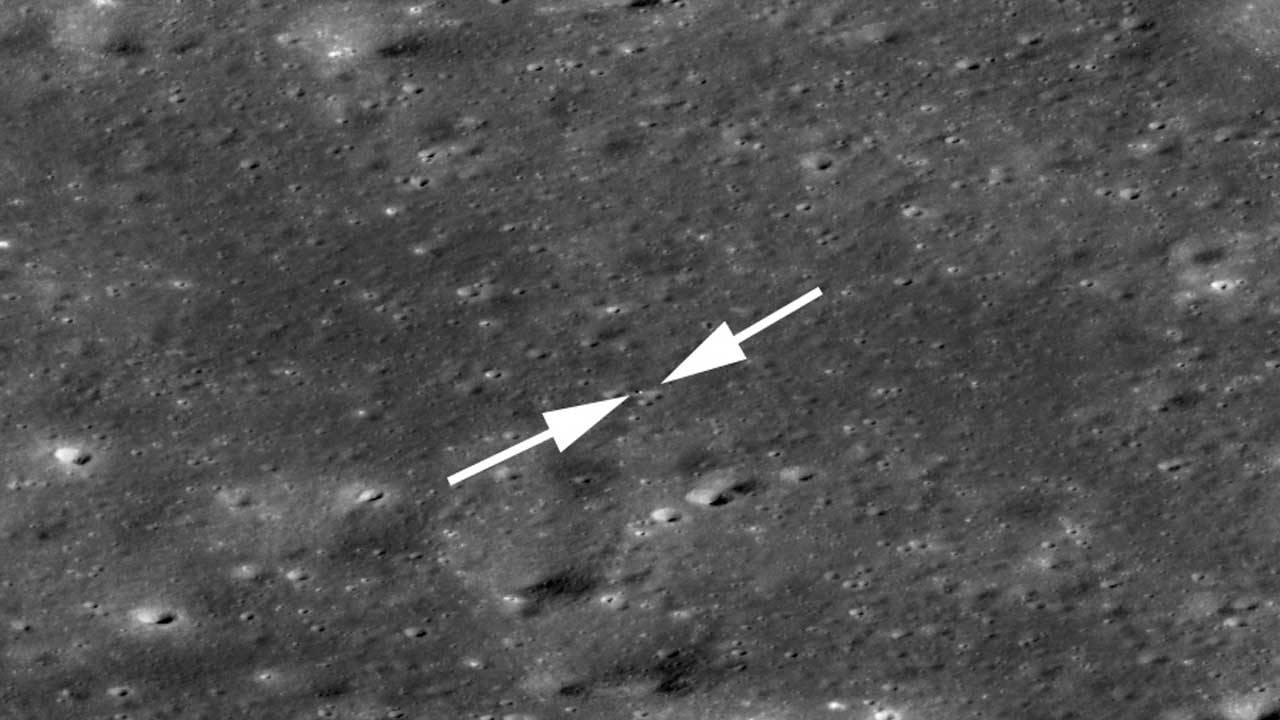

It’s available online.Īnother oddity available online from NASA is a false color composite of 15 images of the Moon taken through three color filters by its Galileo spacecraft as it flew past the Moon in 1992 on its way to Jupiter. It shows the surface shape and features over nearly the entire Moon with a pixel scale close to 328 feet. In 2017 the LRO team released the highest resolution near-global topographic map of the Moon ever created.
LUNAR RECONNAISSANCE ORBITER PHOTOS DOWNLOAD
The spacecraft carries five scientific instruments, Mars Color Camera (MCC), Thermal Infrared Imaging Spectrometer (TIS), Methane Sensor for Mars (MSM), Mars Exospheric Neutral Composition Analyser (MENCA) and Lyman Alpha Photometer (LAP).There are several ultra high-resolution images of the Moon now available online.īack in 2011-soon after the LRO began its work at the Moon-a 24,000 x 24,000 pixel (576 megapixel) images was made available online to zoom in on, as well as to download in two versions (the largest is over a gigabyte). The Mars mission was designed to last just six months, and the probe has sent a huge volume of data from the red planet in these eight years.
LUNAR RECONNAISSANCE ORBITER PHOTOS MOVIE
The movie had come out in 2013 and its budget was around $100 million.

Elaborating on how low-cost the mission was, PM Modi in June 2014 said that the cost of India’s Mars mission was less than Hollywood movie Gravity based on a space mission. At a budget of Rs 450 crore ($74 million), it is one of the most cost-effective space missions. It was ISRO’s first interplanetary mission. The Mangalyaan was launched in a Polar Satellite Launch Vehicle (PSLV) on 5 November 2013 and reached Marsh on 24 September 2014.

As the satellite battery is designed to handle an eclipse duration of only about one hour and 40 minutes, a longer eclipse would drain the battery beyond the safe limit,” according to the unnamed source.Įarlier the satellite came out of eclipse phases on its own as per autonomous processes without any intervention from the earth. “Recently there were back-to-back eclipses including one that lasted seven-and-half hours. Its batteries have also drained out as the solar panels could not charge them due to prolonged eclipses. It is also possible that the antenna is pointing somewhere else while changing its direction to try to re-establish communication with earth after the eclipse as per pre-installed software.Īccording to reports, sources in the Indian Space Research Organisation (ISRO) have said that there is no propellant left in the orbiter. But if there is no fuel left, it would not be able to perform those automated movements. The satellite had gone into eclipse earlier also and performed automatic manoeuvres to come out of eclipse and re-establish communications. The orbiter went into a long eclipse, and after that, there was no communication from it. While the Indian Space Research Organisation (ISRO) is still trying to figure out whether it has run out of power or it is a communication problem caused by the change of direction of the antenna, multiple sources have said it would not be possible to recover the orbiter and re-establish communication. Ground control has lost communications with the spacecraft, fuelling speculations about the end of its life. Exceeding the expected lifespan by several times, the orbiter reportedly has run out of fuel and battery power, and ISRO is expected to make an official announcement of the end of the mission soon. The orbiter entered Mars orbit in September 2014 and was designed to last six months. Launched in 2013, India’s maiden mars mission Mangalyaan, or the Mars Orbiter Mission, has finally come to end.


 0 kommentar(er)
0 kommentar(er)
